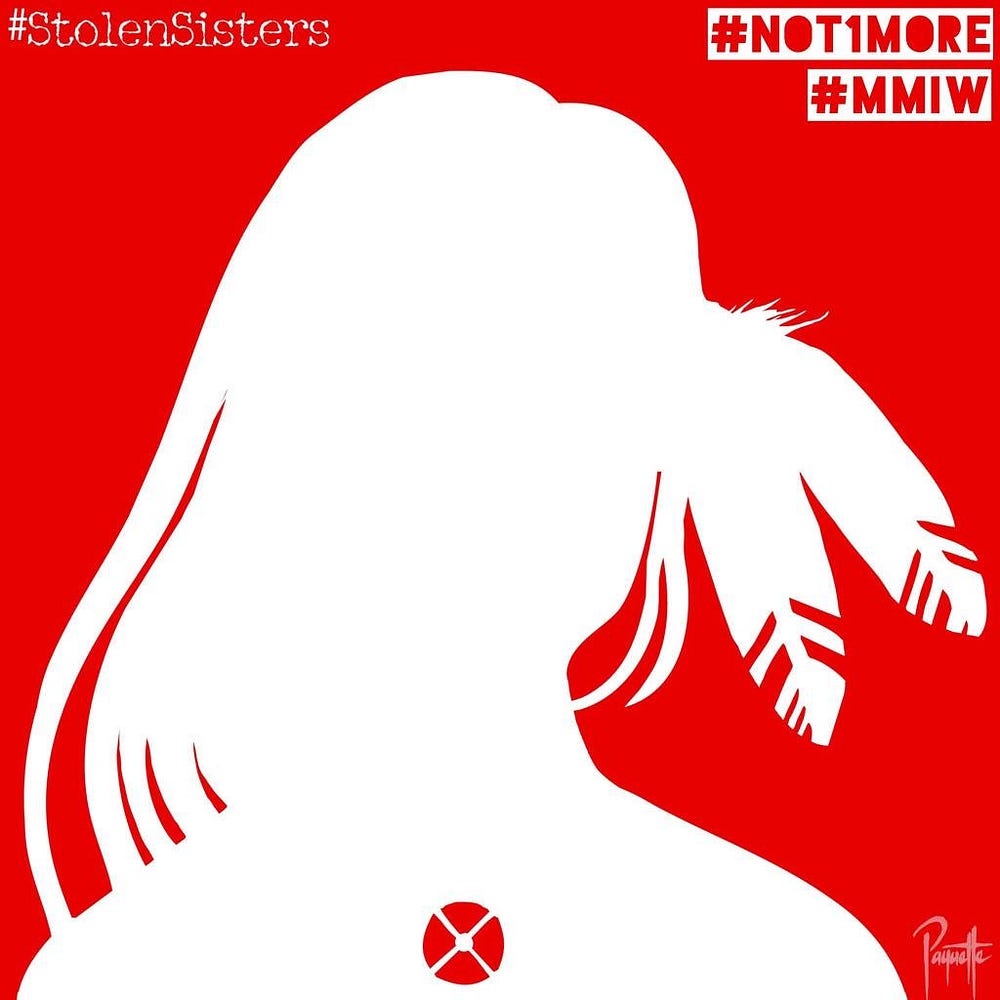Violence is the third leading cause of death for native women between 10 and 24 years of age and the fifth leading cause of death for women 25 to 34 years (Simpson 5). Today American Indian women face murder 10 times the national average according to the Department of Justice. The government has failed to address the violence against Native women despite staggering statistics that provide evidence for the high rates of violence perpetrated against this marginalized group (Simpson 5). In 2015, the federal government approved an act that would provide additional resources to improve tribes’ access to databases that had data of MMIW but have not followed through. In response to the lack of a database that includes all the MMIW, I have created a web map that will visualize the Indigenous women that have been reported missing and murdered. The ultimate goal is to try to understand what is unique about the situation that causes Native American women to experience higher rates of violence. In the future I hope to be able to provide statistical analysis for my theory about the relation between map camps and missing women.
The MMIWG2 Database logs cases of missing and murdered indigenous women, girls, and two spirit people, from 1900 to the present.
There are many lists and sources of information online, but no central database that is routinely updated, spans beyond colonial borders, and thoroughly logs important aspects of the data, and overall, there is a chronic lack of data on this violence. The Database works to address that need, by maintaining a comprehensive resource to support community members, advocates, activists, and researchers in their work towards justice for our stolen sisters.
The Database originally included cases from the US and Canada, but starting in 2019, we have expanded its reach to include all Indigenous women, girls, and two spirit people. We will continue to pursue archival research in the US and Canada, and will rely on partnerships with Indigenous women’s collectives and organizations in other regions to include our sisters indigenous to lands occupied by other colonial entities.
The kind of information the Database cares for is determined by ongoing consultation with Indigenous communities. The Database currently logs the following:
About Victims:
Name, Indigenous name and translation, tribal affiliation(s), birth date, age, if they were a mother, if they have other MMIWG2 cases in their family
About Perpetrators:
Race, gender, relationship to the victim
About the Violence:
Missing or murdered, incident date, violence perpetrated against murder victims after they are deceased, relevant issues (domestic violence, sexual assault, sex work/sex trafficking, foster care, police brutality, trans victim, death in custody, unsheltered, residential/boarding school)
About Police & Court Response:
Reward amount (if any), case classification, conviction status, which entities located deceased individuals
About Geography:
City, state/province, country, location type (tribal land, rural, urban)









No comments:
Post a Comment
tell us your thoughts!